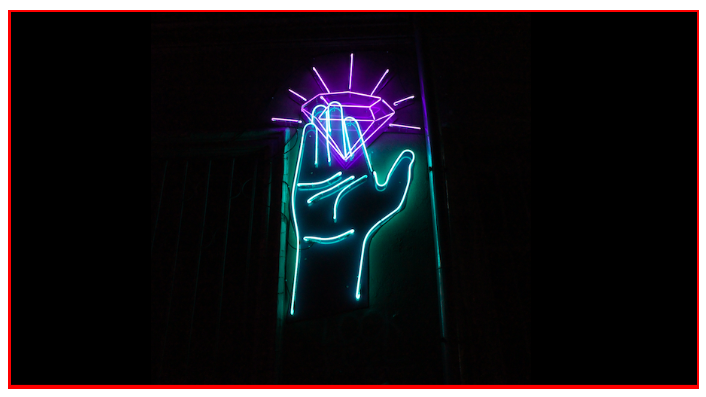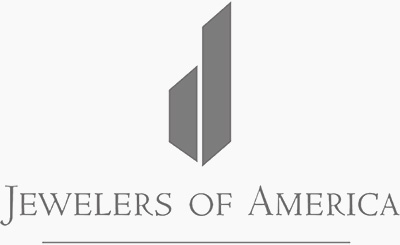
History has a funny way of repeating itself, and the man-made diamond industry is no exception. If you’re familiar with the simple rules of supply and demand, then you understand that as supply goes up, demand goes down. Applying this same rule to man-made diamonds, you can quickly understand why it will be hard for them to maintain their long term value.
From the Experts
But don’t just take our word for it, on Dec. 21, 2018, a Reuters report quoted analyst Paul Zimnisky as saying lab diamond prices had softened considerably. Another report from Bain & Co. stated the “Production of lab-grown diamonds has risen dramatically and will continue to do so, though their prices will likely continue to fall.”
This report mentions that “It costs $300–$500 per ct. to produce a CVD lab-grown diamond, compared with $4,000 per ct. in 2008, and calculates that the retail price of gem-quality lab-grown diamonds has fallen by about half in the past two years, while wholesale prices have fallen threefold. It forecasts that trend will continue as efficiencies increase, new competitors enter the market, and the product gets “commoditized.”
As the manufacturing technology for these lab-made diamonds improves, the stones’ prices will decrease. One jeweler remembers when cubic zirconia was $800 per ct. Created gems are, like created diamonds, chemically the same as their mined counterparts. But their values are very different. Unlike the earth, which has a limited supply of diamonds, factories can mass-produce these stones, and that will drive prices down in the long run. (JCK)
Held to the Same Standards
If these man-man diamond resellers are selling their goods as diamonds, or, put another way, if man-made diamonds we’re true diamonds, then they should: (JCK)
- Be under the Patriot Act: Under the Patriot Act, dealers who sell more than $50,000 in precious stones, gems, and jewelry are required to maintain an anti–money laundering (AML) program and conduct appropriate due diligence, including fully identifying business partners and monitoring transactions.
- Disclose information about the specific location: where the diamonds are produced
- Disclose the treatment that was required:It’s no secret that an overwhelming majority of lab-grown diamonds are treated by either electron irradiation or high-pressure, high-temperature (HPHT). (UPDATE: Some commenters disagree with the phrase “overwhelming majority.”)
- Disclose whether some stones in a piece are natural: Some consumers clearly prefer man-made gems. They shouldn’t buy mined diamonds believing they are lab-grown, and vice versa.
But What About the Environment?
There is a common misconception that lab made diamonds are more eco-friendly. You see in order for a lab made diamonds to be created, it actually involves more chemicals and electricity consumption and is worse for the environment than those that are naturally occurring. Not to mention unregulated laborers. This topic rarely touches on the other side- the communities in Africa that heavily rely on the diamond business for their wellbeing - it is often their family business. “Tens of millions of people rely on the diamond industry for income, among them the poorest people on earth trying to make an honest living. There are an estimated 1.5 million artisanal miners digging for diamonds in Africa, and they support another 7 million people with their earnings. Advocating synthetics as an ethical substitute for natural diamonds threatens the livelihood of those diggers.” (Rapaport)
Ethically Sourced Only
At La Bijouterie, we never work with conflict diamonds. We strictly work with ethically sourced GIA certified diamonds, and you will receive a GIA certificate and appraisal with your jewel. We’ve worked in the diamond wholesale business for generations and only work with trusted and ethical sources.
If you are against buying diamonds, or perhaps a diamond is simply not in your repertoire of jewelry taste, then you may enjoy looking at a sapphire, emerald, ruby, or other colored diamond gems. We are happy to walk you through our selection of precious stones to help you find the one that speaks to you.
Closing Thoughts
At La Bijouterie, it has always been our primary goal to help customers start their journey to marriage with a wise diamond purchase- creating a tangible symbol of their love, and a ring that makes sense financially. After generations in the diamond business, one thing is certain. If we cared more about our profit margins than our customers and our integrity, we would sell man-made diamonds, as the sell price to actual cost ratio is much greater than the profit made on the sale of a diamond. But this is not what our company values or what we’ve based our business model on, especially since we know a man-made diamond does not hold its value. As your personal jeweler, this is not a financial decision we would advise upon. Let it be known that we are not against man-made diamonds, but instead, are against their value, (or lack thereof). Read more about this topic.
Only a natural diamond has the rarity that supports its economic and emotional value. Consumers use diamonds as a symbol of love for that very reason. We all want to feel special, unique and rare, especially in our relationships, and a diamond communicates that message. (Rapaport)
~ LB





